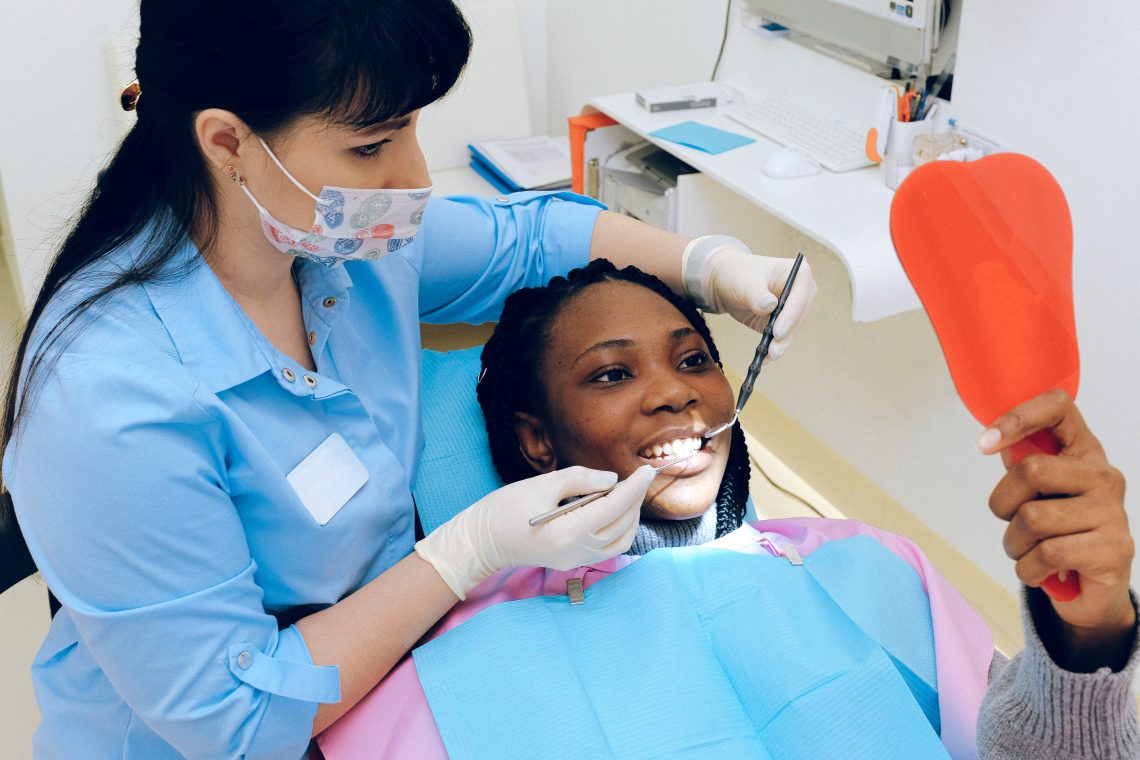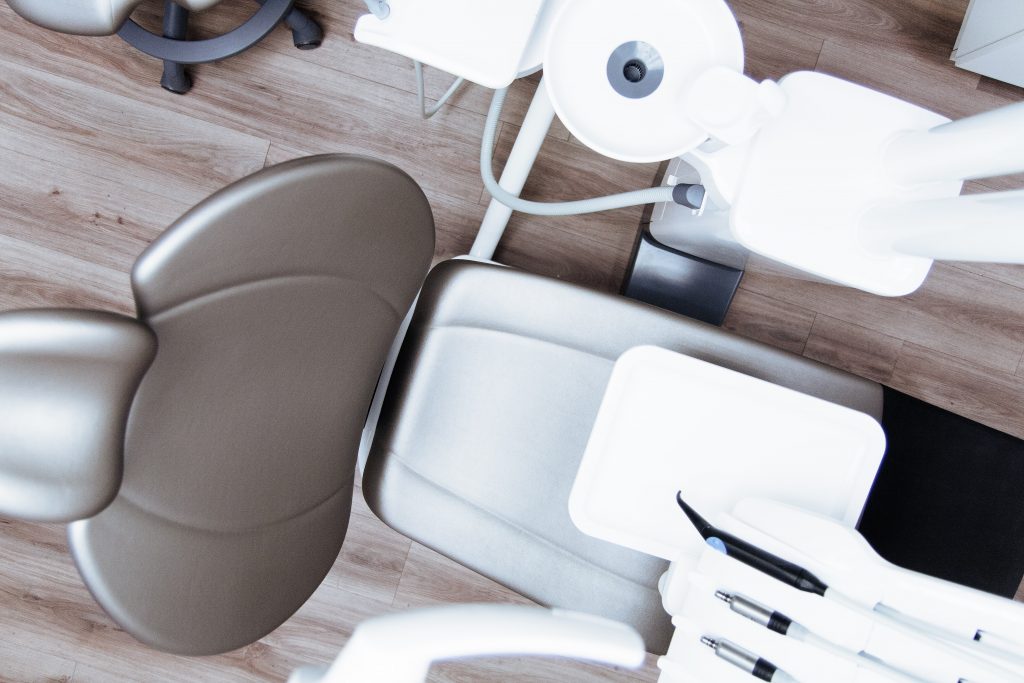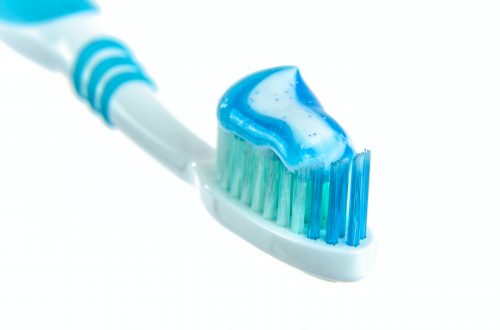
What Is Orthodontics:
The word, as such, comes from the Latin orthodontia, which derives from the Greek roots ὀρθο- (ortho-), which means ‘straight’ or ‘correct’, and ὀδούς, ὀδόντος (odoús, odóntos), which translates ‘tooth’.

Orthodontics intervenes in cases in which there are abnormalities in the shape, position, or relationship and function of the teeth and jaws.
Its main objective is to try and correct these flaws to keep the teeth in a healthy condition and with the good aspect or because the teeth in place inadequate hinder oral hygiene are likely to fall early, to suffer unusual wear, and cause tensions and pains in the muscles involved in chewing.
Some of the most common conditions in orthodontics are overbite, underbite, crossbite, open bite, misplaced midline, spacing, crowding, among others.
For the treatment of all these defects, orthodontics uses and control different types of appliances, techniques, and forces that allow correcting the problems of the teeth, such as appliances (fixed and removable), which allow teeth to move, retrain muscles, or modify the growth of the jaws.
Lingual appliances are permanently mounted on the inner surface of the teeth (on the tongue side). It is a modern and invisible alternative to standard dental braces. The idea and technology of the cameras have been proven for over 40 years. The apparatus may consist of ready-made elements or it may be created individually for each patient in a foreign laboratory (Incognito system).
Incognito appliances, unlike other language appliances, are individually designed appliances for a specific patient. It is invisible, easy to keep clean, and the only person who knows about it is the patient himself. Thanks to CAD / CAM computer technology, the device is made individually for the patient, which means that it is perfectly fitted to both orthodontic brackets and wires. Thanks to the low profile of the brackets and smaller parts of the camera, it is easier to get used to and the use of the camera is comfortable.
Gold and iridium alloys are used in the production of the apparatus. Incognito is free of nickel, which is a particularly allergenic metal.
Due to the specific technological process, the price of a lingual appliance is higher than that of traditional orthodontic appliances, but in return, we obtain full discretion and the highest quality of treatment. Lingual braces are available to everyone, regardless of age. It can cure all malocclusions, including cases of patients with retained teeth. An important condition before starting orthodontic treatment is the absence of periodontal disease, the absence of deciduous teeth, and a sufficient amount of the crown part of the tooth to stick the bracket.
The process of creating the braces requires sending the impressions of your teeth to a laboratory in Germany, where, using modern computer programs, dental models are made, and then an individual language apparatus is created.
Advantages of Incognito:
serves to cure any malocclusion
it is fully invisible
it is non-allergenic, nickel-free, and easy to clean
An individually designed apparatus allows shortening the treatment time.


